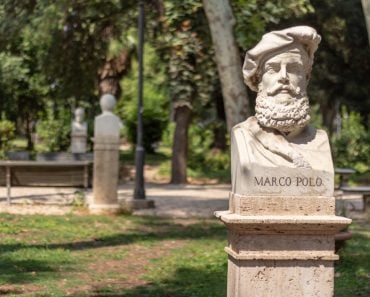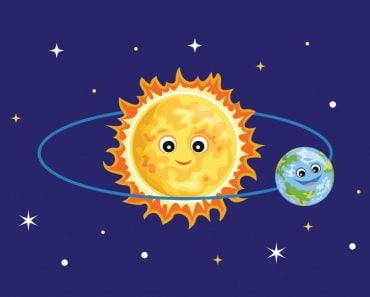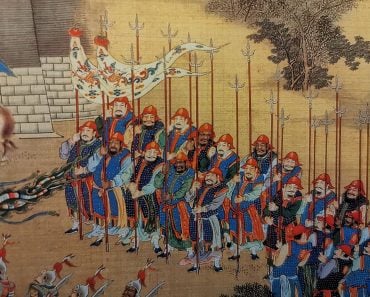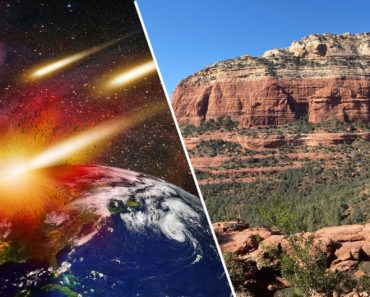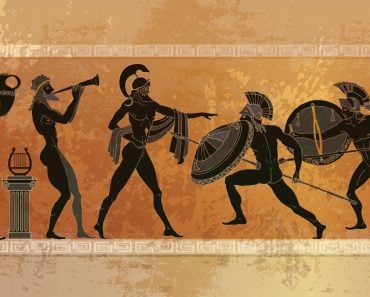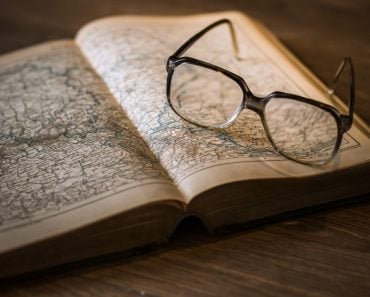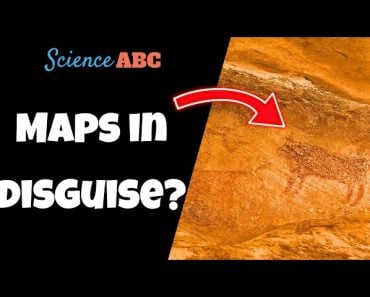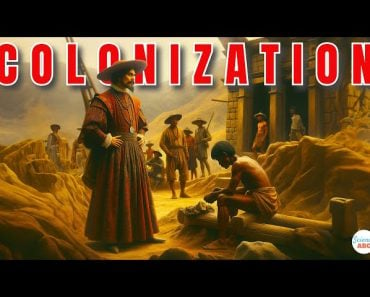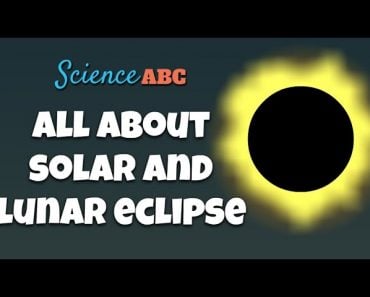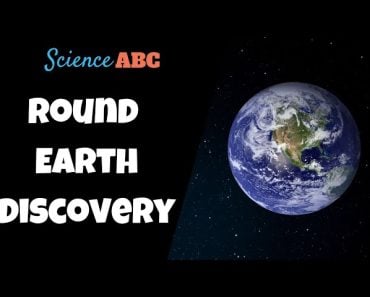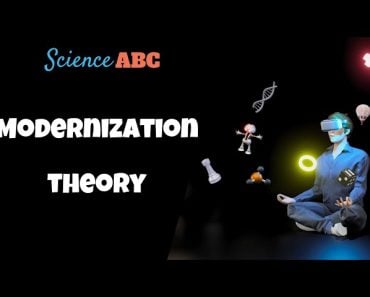Table of Contents (click to expand)
The Renaissance Period is typically referred to as the period in European history between the year 1400 and 1600. Many historians assert that it started earlier and ended later, depending on the country, but generally speaking, the Renaissance period was the bridge between the gap of the Middle Ages and Modern History.
If we are being specific to European countries, the Renaissance overlaps in terms of timelines with the Elizabethan and the Restoration Periods. The Renaissance is most closely linked to Italy, but it later spread to other prominent European countries, such as Germany, France and England. Given the broad significance of the Renaissance in history, let’s take a closer look at the historical development of this critical period.
Recommended Video for you:
What Is The Renaissance?
The word Renaissance is a French word that implies rebirth. The word was intended to signify the resurgent interest in learning, which was almost non-existent in the Middle Ages.
Renaissance thinkers considered the Middle Ages to be a barren desert of culture. They sought to revitalize the concept of culture by re-emphasizing classical texts and philosophies. They expanded and re-interpreted them, creating their own style of art, philosophical and scientific enquiry. Some fields that saw significant strides during the Renaissance Period were Astronomy, Humanist Philosophy, the printing press, vernacular language, paintings and sculpture techniques, world exploration and the works of Shakespeare, in the later years of the period.
However, contrary to the popular belief that classical texts completely disappeared during the Middle Ages, the knowledge never completely never vanished in Europe.
There were three pivotal points before the advent of the Renaissance in Italy. The first one was the Carolingian Renaissance, which occurred during the reign of Charlemagne, the first Emperor of the Holy Roman Empire. Next came the Ottoman Renaissance, which took place during the reign of the Ottoman Emperor Otto I, II and III. The third crucial point was referred to as the 12th century Renaissance. The 12th century Renaissance played a pivotal role in the propagation of the main Renaissance, which would come later. During this period, classical Latin texts and Greek Science were being revived on a large scale. During this time, the earliest versions of Universities were also established.
The Crusades played a significant role in terms of ushering in the Renaissance. Crusading Europeans came in contact with the advanced Middle Eastern cultures, which had made great strides in many different fields. Islamic countries, specifically, had kept records of the classic Greek and Roman texts, which were reintroduced back to the Crusaders. The fall of the Byzantine and Roman Empires at the hands of the Ottoman Empire played a big part as well, as this led many scholars in the year 1453 to flee to Europe with their texts.
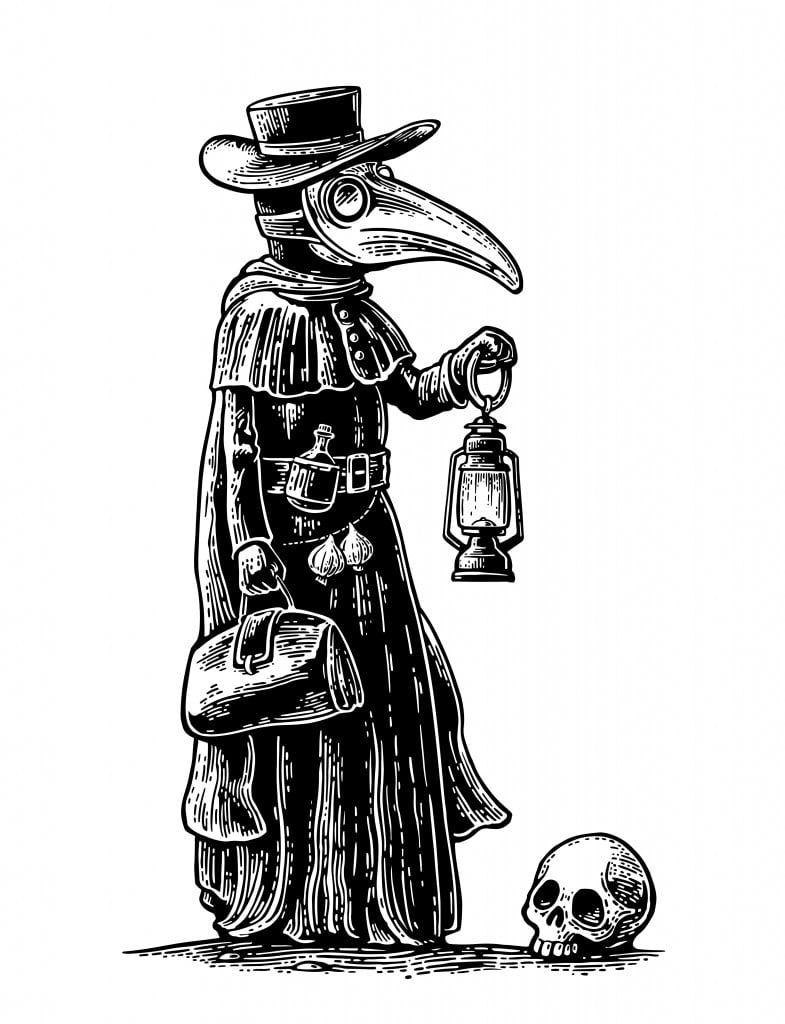
However, in the end, it was the Black Death that set the stage for the Renaissance. The deaths of many officials and important people led to the upheaval of the political scene in Florence, which is considered the birthplace of the Renaissance. The Medici family moved to Florence in the wake of the plague, where they and many others took advantage of opportunities for greater social mobility. Becoming patrons of artists was a popular way for such newly powerful families to demonstrate their wealth. Some historians also argue that the Black Death caused people to question the church’s emphasis on the afterlife and focus more on the present moment, which is an element of the humanist philosophy that emerged during the Renaissance.
Printing And Art
The greatest thing to come out of the Renaissance was the printing press. The demand for the reproduction of texts and the renewed resurgence in learning led to this pivotal discovery in human history. This is often considered to be the single most important discovery that led us into modern times. Johannes Gutenberg invented the printing press in 1440, allowing many books to be printed in large amounts, such as the Bible, secular books, printed music, and more.
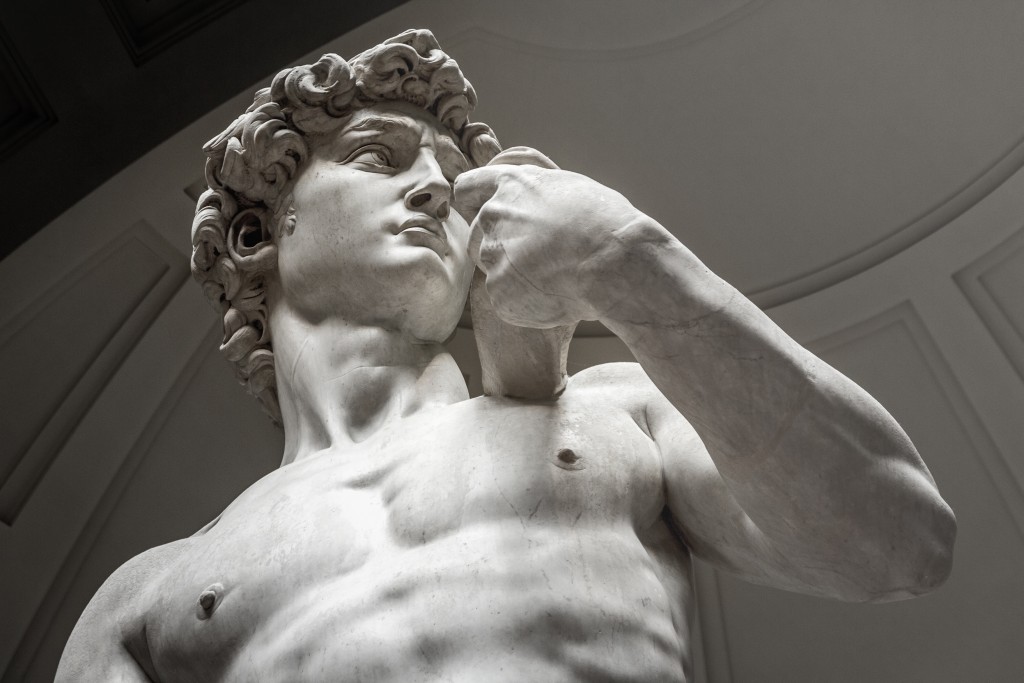
Renaissance art was heavily influenced by classical art, meaning that artists turned to Greek and Roman paintings and sculptures for inspiration. Both classical and Renaissance artists focused on the beauty of nature and humans. Numerous patrons also aided artists in their exploration and development of new techniques. Most commissions for paintings were carried out by the Catholic Church in the Middle Ages, and while the Church was the primary benefactor during the Renaissance, many wealthy individual patrons also stepped forward to help finance artists. Florence was the initial epicenter of Renaissance art, but by the end of the 15th century, Rome had overtaken it. Pope Leo X ambitiously filled the city with religious buildings and art. This period, from the 1490s to the 1520s, is known as the High Renaissance.
Music And Science
As with visual art, music also saw significant changes in this period. Many significant innovations were made because there were many benefactors, including the Catholic Church and private individuals. Several new instruments, including the harpsichord and members of the violin family, were developed. The printing press meant that sheet music could be more widely disseminated. The humanist traits of the period also characterized Renaissance music. Composers read classical treatises on music and aimed to create music that would touch listeners on an emotional level. They began to incorporate lyrics more dramatically into compositions and considered music and poetry as closely related.
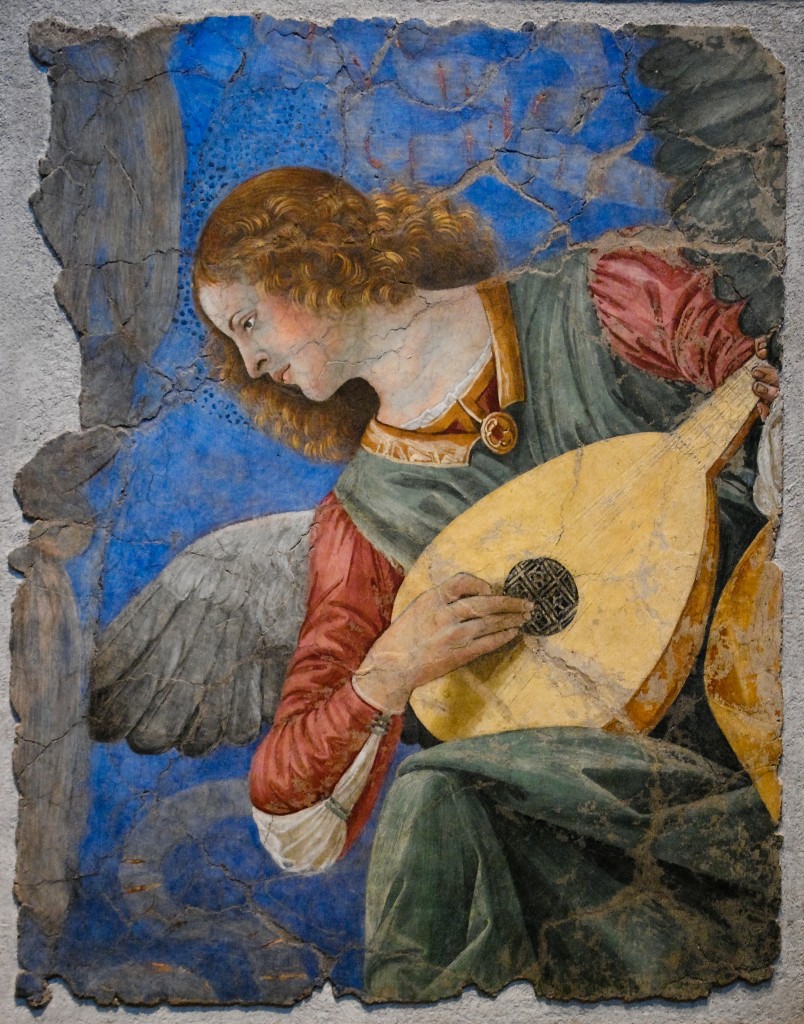
As scholars started diving deep back into literature and classical texts, they were able to adopt the Greek belief that creation was created around perfect laws and reasoning. This increased intensive study and focus around subjects like astronomy, anatomy, medicine, geography, alchemy and mathematics. One of the most important scientific findings of the time came from a Polish mathematician and astronomer named Nicolaus Copernicus. In the 1530s, he published the theory of our heliocentric solar system. This places the Sun at the center of the Solar System, which went against the older system, which placed the Earth at the center of the Solar System. The book was seen as heresy by the Catholic Church and was subsequently banned.
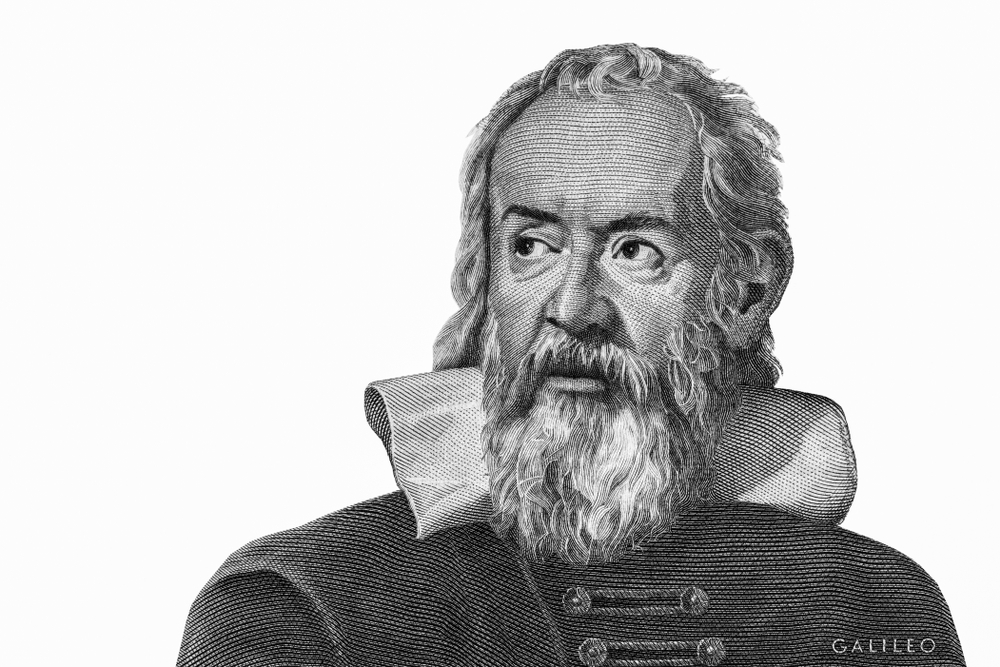
Another prominent Renaissance scientist of the time was Galileo Galilei. He was a significant figure in the Renaissance who was persecuted by the Catholic Church. Galileo improved the telescope, discovered new celestial bodies and garnered support for the concept of a heliocentric solar system. He conducted motion experiments on pendulums and falling objects that paved the way for Newton’s discoveries about gravity. The Catholic Church forced him to spend the last nine years of his life under house arrest for his heretical claims, but history would eventually see him as a trailblazing hero of logic, science and reasoning.
In conclusion, we can say that the Renaissance was a time of transition from the Ancient World to the modern world, and provided a stepping stone before the Age of Enlightenment began!


